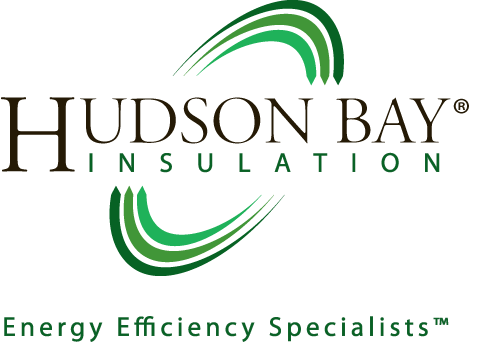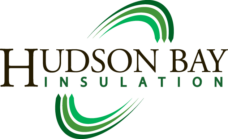
02-25-25 Substrate Penetration
Penetrating substrates such as drywall and concrete are a common task in construction. However, improper penetration can lead to severe hazards, including falls, electrocution, structural damage, and exposure to hazardous materials. Today, we will discuss the potential dangers of substrate penetration and the safety measures to prevent accidents.
Potential Hazards of Substrate Penetration:
- Hidden Utilities:
- Electrical wires, plumbing, and gas lines may be concealed within walls or floors.
- Striking an electrical conduit can result in electrocution or fire.
- Hitting water or gas lines can cause leaks, flooding, or explosions.
- Structural Integrity Issues:
- Penetrating load-bearing walls or floors improperly can weaken structures, leading to collapses or instability.
- Unintentional damage to reinforcement bars (rebar) in concrete can compromise structural integrity.
- Falling Objects & Debris:
- Drilling through ceilings or overhead surfaces can cause falling debris.
- Misuse of power tools can lead to injuries from flying fragments.
- Silica Dust Exposure:
- Drilling, cutting, or coring concrete releases silica dust, which can cause serious lung diseases like silicosis.
- Drywall dust may also contain hazardous compounds.
- Tool-Related Injuries:
- Drill bits, saws, and coring machines can cause lacerations or amputations if not used correctly.
Safety Measures & Hazard Mitigation:
- Pre-Work Inspection: While penetration depths can vary depending on various factors, always communicate with the general contractor before penetrating any surface deeper than ¾” if you cannot see behind it.
- They should have access to building plans and utility maps to help identify hidden dangers and ensure a safe work environment.
- If needed, use approved detection tools (e.g., wall scanners, ground-penetrating radar) to locate hidden utilities and reinforcements.
- Proper PPE (Personal Protective Equipment):
- Additional PPE such as face shields and dust masks may be necessary to protect from debris and dust.
- Always use hearing protection when using power tools.
- Safe Drilling & Cutting Practices:
- Use the right tool for the job (e.g., hammer drills for concrete, appropriate drill bits).
- Start drilling at a low speed to prevent tool kickback.
- Maintain a firm grip on tools to prevent slipping.
- Silica Dust Control:
- Use water suppression methods or dust extraction systems when drilling concrete.
- Follow OSHA’s Table 1 requirements for silica exposure control.
- Secure Work Area:
- Set up barricades or warning signs if working overhead.
- Keep bystanders at a safe distance.
- Ensure no one is working directly beneath penetration areas.
Penetrating drywall and concrete can be a high-risk task that demands careful planning, the right tools, and strict adherence to safety protocols. If you are ever uncertain, stop work immediately and consult a member of the safety team or your supervisor to ensure a safe approach.
Remember This!
This also applies to DIY projects at home—whether you're hanging a shelf or installing new fixtures, always check for hidden utilities, use the proper tools and PPE, and follow best safety practices to prevent accidents, injuries, or costly damages.
